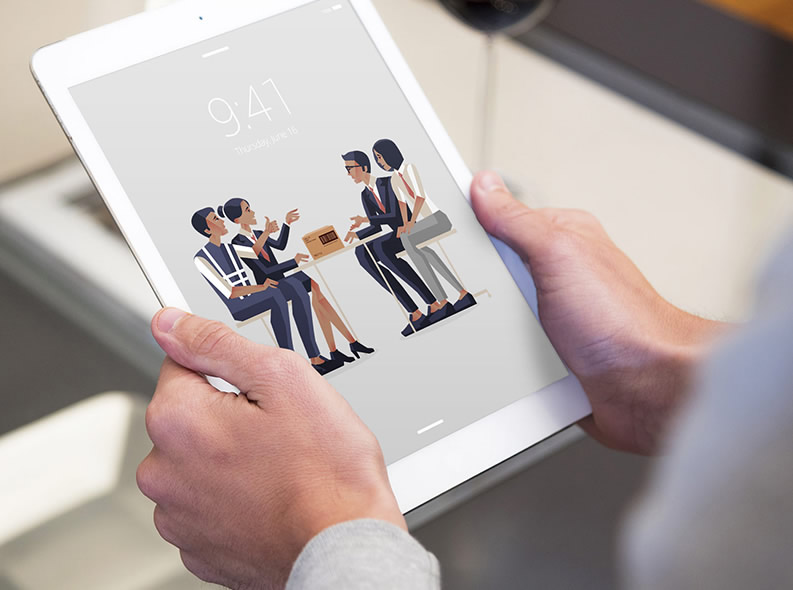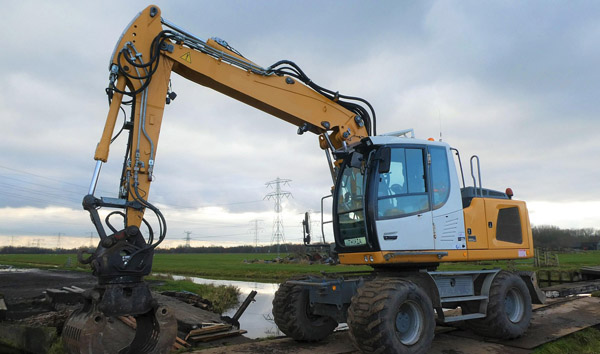Revolutionizing Heavy Machinery: The Rise of Low-Emission Construction Loaders
2025-07-09 05:00:29
### The Urgency for Low-Emission Solutions in Construction The construction sector accounts for nearly 39% of global CO2 emissions, with heavy machinery like loaders contributing significantly. Traditional diesel-powered loaders emit high levels of nitrogen oxides (NOx) and particulate matter, exacerbating air pollution. In response, manufacturers are prioritizing low-emission construction loaders, integrating hybrid, electric, and hydrogen fuel-cell technologies to meet stringent environmental regulations.
### Technological Innovations Driving Low-Emission Construction Loaders 1. Electric Powertrains: Leading brands like Volvo CE and Caterpillar have introduced fully electric loaders, eliminating tailpipe emissions. These models leverage high-capacity lithium-ion batteries, offering 8–10 hours of operation per charge. 2. Hybrid Systems: Combining diesel engines with electric motors, hybrid low-emission construction loaders reduce fuel consumption by up to 30%. 3. Hydrogen Fuel Cells: Prototypes from Komatsu and JCB showcase hydrogen-powered loaders, emitting only water vapor while delivering comparable torque to diesel counterparts.
### Economic and Environmental Benefits Adopting low-emission construction loaders yields dual advantages: - Cost Savings: Electric models cut fuel expenses by 50–70%, with lower maintenance costs due to fewer moving parts. - Regulatory Compliance: Stricter emissions standards in the EU and North America incentivize contractors to transition to low-emission equipment, avoiding hefty fines. - Corporate ESG Goals: Companies leveraging low-emission construction loaders enhance their sustainability profiles, attracting eco-conscious clients and investors.
### Challenges and Future Outlook Despite progress, barriers like high upfront costs and limited charging infrastructure persist. However, industry analysts project a 22% CAGR for the low-emission construction loader market by 2030, driven by government subsidies and technological advancements. As zero-emission zones expand globally, these machines will become indispensable for sustainable urban development.
### Conclusion Low-emission construction loaders represent a critical step toward decarbonizing the construction industry. With continuous innovation and supportive policies, these machines will redefine efficiency while safeguarding the planet. Stakeholders must accelerate adoption to meet net-zero targets and ensure a greener future.














